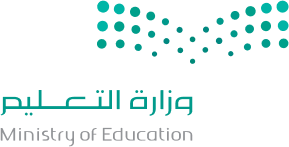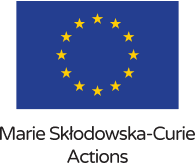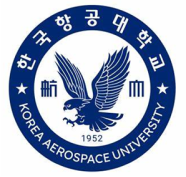Related projects
Discover more projects across a range of sectors and discipline — from AI to cleantech to social innovation.
Brain computer interfaces (BCI) allow for persons with severe motor impairment to communicate with the outside world. These systems work by either providing some stimulus (in the form of sound, touch or visual cues) or asking the user to imagine a certain motion. By analyzing the resulting brain activity using superficial electrodes on the scalp, a technique known as electroencephalography (EEG), selections on a computer may be made. Our research will combine motor imagery with tactile (touch) stimulus into one hybrid BCI. This BCI system will include two distinct sources of information and is expected to have a high accuracy as well as information transfer rate. Such a hybridBCI is a cutting-edge system that is expected to advance the field of assistive communication device development. This will move us one step closer to providing those with severe motor impairments the transformational ability to communicate with others.
Michael Noseworthy
Rami Saab
Engineering - computer / electrical
McMaster University
Globalink Research Award
Discover more projects across a range of sectors and discipline — from AI to cleantech to social innovation.
Find the perfect opportunity to put your academic skills and knowledge into practice!
Find ProjectsThe strong support from governments across Canada, international partners, universities, colleges, companies, and community organizations has enabled Mitacs to focus on the core idea that talent and partnerships power innovation — and innovation creates a better future.
























































































































































































































































































































